Nagoya Castle & Hommaru Palace: Travel Guide & 20+ Photos
Share
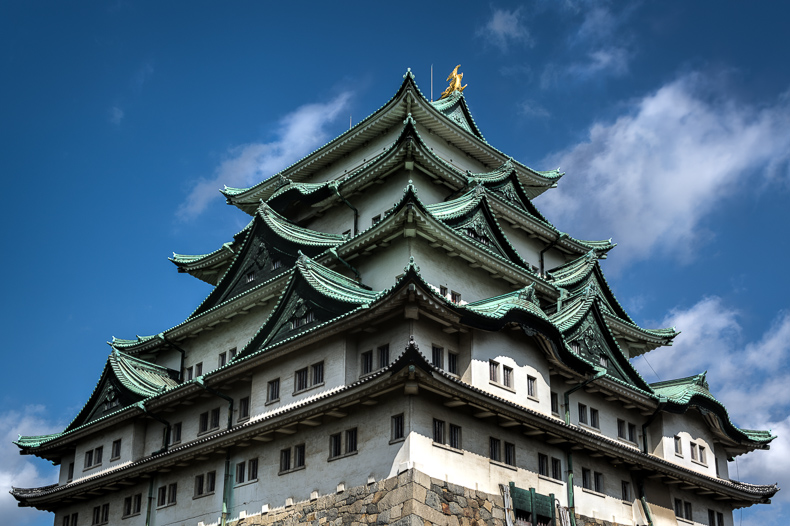
Halfway between Tokyo and Osaka is Japan’s 3rd largest city, Nagoya. Nagoya Castle is the icon of the city, with a white walled and jade green roof tiled main tower, adorned with two 1200kg gold kinshachi statues.
In this article:
The castle suffered a similar fate to many other sites in Japan and was destroyed during World War II. The main castle tower was rebuilt soon after the war and the reconstruction of Hommaru Palace began in 2009.
Visitors to the castle should allow half a day to explore the castle, its buildings and the surrounding grounds, as well as tour Hommaru Palace. The castle is located in the heart of the city, close to notable buildings like the Aichi Prefectural Office, Nagoya Noh Theatre and the Aichi Prefectural Gymnasium (where national sumo tournaments are held).
Nagoya Castle
「Nagoya-jō, 名古屋城」
The castle is one of Japan’s largest flatland castles.
NIKON D5200 (18mm, f/3.5, 1/1250 sec, ISO100)
Entry sign to Nagoya Castle near the bus stop (HDR Photo)
Sei-mon
「Main entry gate, 正門」
Visitors enter the castle through the main gate. This gate was destroyed along with the main castle tower during World War II and rebuilt at the same time. Tickets for the castle are purchased from the ticket booths next to the main gate.
Omote-ninomon
「Front Second Gate, 表二之門」
This fortified gate is made of thick stone and wood, containing gun holes for defence. The omote-ninomon is special, as it is one of just a few structures that exist from the original construction of the castle in the early 1600s.
NIKON D5200 (18mm, f/8, 1/250 sec, ISO100)
Front Second Gate 「Omote-nino-mon, 表二之門」 at Nagoya Castle (HDR Photo)
Kyūni Ninomaru Higashi-no-mon
「Former Ninomaru East Second Gate, 旧二之丸東二之門」
This gate was formerly located a little to the east and was a gate for Ninomaru Palace (which was located within the castle walls). The style of the gate is korai-mon「高麗門」 which can be seen at other castles like Matsumoto-jo and Himeji-jo. The gate was moved to its current location in 1972.
NIKON D5200 (18mm, f/8, 1/25 sec, ISO100)
Former Ninomaru East Second Gate 「Kyūni Ninomaru Higashi-no-mon, 旧二之丸東二之門」 (HDR Photo)
Kiyomasa Ishi
「Kiyomasa Stone, 清正石」
In 1610 Japan’s first shogun Tokugawa Ieyasu ordered daimyo lords to build the main walls of the castle. It is said that one of those lords, Kiyomasa Kato, took charge of this construction and directed the workers in hauling the massive stones into place.
The Kiyomasa Stone is the largest used in the construction of Nagoya Castle’s stone walls.
Donjon
「Main Castle Tower, 天守閣」
The donjon is the most iconic building of Nagoya Castle. Visitors can go inside the 7 storied donjon. At the very top is an observation deck and gift shop. The rest of the tower is basically a museum of the history of the castle.
NIKON D5200 (18mm, f/8, 1/400 sec, ISO100)
Japanese black pine 「kuromatsu」and the main tower of Nagoya Castle (HDR Photo)
The basement floor up to the 5th floor of the donjon contains:
- A history of the castle,
- Full scale replica of the kinshachi statues
- “Stone pulling exhibit”
- Detail on the structure of the castle, an armor and sword collection
- A reproduction of the castle and town
- A special exhibition hall
- Historical artifacts and records, screen paintings and details on the palace

NIKON D5200 (26mm, f/8, 1/320 sec, ISO100)
Donjon 「天守閣」, Main Castle Tower of Nagoya Castle (HDR Photo)
Deer live in the castle grounds, during a walk around the tower I spotted a few grazing in the castle moat.
Kinshachi
「Golden Tiger-headed-dolphin Lucky Charm, 金鯱」
The kinshachi are the icons of the castle. These two statues sit on top of the main castle tower, one is female (on the south end) and one is male (on the north end). Each statues weighs over 1200kg and the gold is made from more than 1900 large gold coins from the Keicho era - the era in which the castle was originally built.
NIKON D5200 (200mm, f/8, 1/400 sec, ISO100)
Kinshachi 「金鯱」 on top of the castle’s main tower (HDR Photo)
Tatsumi Yagura
「Southeast Tower, 東南隅櫓」
The castle is comprised of many important cultural assets which survived the damage of World War II. This particular tower is one of those survivors. The corner towers - yagura 「隅櫓」- were key defensive positions. Weapons were stored in this tower and trap doors under the bay windows were used to drop stones on attackers trying to scale the walls.
This particular tower was constructed in the early Edo Period and protected the Hommaru area of the castle.
Tenshukaku Soseki
「Tower Foundation Stones, 天守閣礎石」
These foundation stones were part of the original castle and date back to the 1600s. After the destruction of the palace in World War II, the palace was completely reconstructed, and the original stones moved to an area north of the main castle tower, just across from the inner castle moat.
Sekkan-shiki Sekishitsu
「Sealed stone burial vault, 石棺式石室」
Stone burial chambers have been used in Japan for centuries, this one is located next to the old tower foundation stones.
NIKON D5200 (18mm, f/8, 1/13 sec, ISO100)
Sealed stone burial vault 「Sekkan-shiki Sekishitsu, 石棺式石室」 (HDR Photo)
Baiten
「Souvenir shop, 売店」
One of two souvenir shops (the other is inside the castle tower itself), this shop is located next to the main entrance and contains a huge range of Nagoya Castle themed souvenirs: models, key rings, snacks, shirts, mugs and more.
Hommaru Palace
「Hommaru-goten, 本丸御殿」
Restoration of Hommaru Palace began in 2009, the original palace being destroyed along with much of the castle during World War II. The architectural style of the palace is known as shoin-zukuri 「書院造」 and was a military palace, built for the lord of the province. The reconstruction is set for completion in 2018, leading up to the completion, more areas of the palace will be opened to the public.
The restoration process has followed the original construction process as much as possible, using the same materials (mostly high quality hinoki cypress) and the same construction methods.
Kurumayose
「Carriage Entrance, 車寄」
The kurumayose is part of the entrance hall, featuring black lacquered gables with gilded decorative metal fittings. The shingles which cover the roof are made of Japanese cedar cut into thin sheets and hammered with bamboo nails.
NIKON D5200 (18mm, f/8, 1/1600 sec, ISO800)
Kurumayose 「Carriage Entrance, 車寄」 South Entrance (HDR Photo)
Genkan
「Entrance hall, 玄関」
As is standard for being indoors in Japan, visitors remove their shoes and store them in the shoe cupboards.
Ichinoma
「The Primary Room (of the entrance hall), 一之間」
The primary room of the entrance hall, like many rooms in the palace, has its walls and sliding doors covered with stunning screen paintings. Artists using the same methods and materials as were used hundreds of years ago by painters commissioned by the Tokugawa shogunate have been working on reproducing the artwork since 1992.
The entrance hall was the first building which visitors to the palace entered.
NIKON D5200 (18mm, f/3.5, 1/40 sec, ISO800)
Ichinoma 「The Primary Room, 一之間」 of the entrance hall (HDR Photo)
Ōrōka
「The Grand Corridor, 大廊下」
The grand corridor linked the entrance to the rest of the palace.
NIKON D5200 (18mm, f/3.5, 1/125 sec, ISO800)
Ōrōka 「大廊下, The Grand Corridor」 The Grand Corridor, inside Hommaru Palace (HDR Photo)
From the 1600s right through to the mid-1800s in Japan, the palace was well maintained. Before the palace was destroyed many drawings and photographs were taken, which have helped in creating an accurate restoration.
Ichinoma
「The Primary Room (of the main hall), 一之間」
Omote Shoin 「main hall, 表書院」 is a very formal set of rooms which are majestically decorated, a space utilised by the highest lords, with higher floors and ceilings.
NIKON D5200 (26mm, f/4.2, 1/20 sec, ISO1600)
Primary room 「Ichinoma, 一之間」 of the main hall 「Omote Shoin, 表書院) at Hommaru Palace (HDR Photo)
The photos above show just one third of the palace, the reception hall area opens in 2016 and the Shogun visitation hall area opens in 2018.
Map of castle buildings and landmarks
The map above is a photo of a sign located on the castle grounds.
The numbers above correspond to photos and information in this article. Clicking a number in the map above or link below will take you to the corresponding photo:
- Sei-mon「Main entry gate, 正門」
- Omote-ninomon「Front Second Gate, 表二之門」
- Kyūni Ninomaru Higashi-no-mon「Former Ninomaru East Second Gate, 旧二之丸東二之門」
- Kiyomasa Ishi 「Kiyomasa Stone, 清正石」
- Donjon「Main Castle Tower, 天守閣」
- Tatsumi Yagura「Southeast Tower, 東南隅櫓」
- Tenshukaku Soseki「Tower Foundation Stones, 天守閣礎石」
- Sekkan-shiki Sekishitsu「Sealed stone burial vault, 石棺式石室」
- Baiten「Souvenir shop, 売店」
- Hommaru Palace「Hommaru-goten, 本丸御殿」
- Sightseeing Route Bus Stop
How to get to Nagoya Castle
The castle is most easily accessed by the Nagoya Sightseeing Route Bus 「なごや観光ルートバス」 and there are also two subway train stations nearby.
For adults a one-way ride is ¥210, or a one-day pass for unlimited rides is ¥500. The bus departs outside the eastern exit of Nagoya Station (from inside the station, just follow signs to the buses). More information about the Nagoya Sightseeing Route Bus (English) is available from the official Nagoya Convention and Visitors Bureau website.
When inside the bus, keep an eye on the displays showing the next stop.
Castle and Palace opening hours and admission cost
Nagoya Castle and Hommaru Palace are open from 9:30AM to 4:30PM everyday, except for a closure over New Year (from December 29 to January 1). Entrance to the donjon and palace closes at 4PM.
Admission is ¥500 for adults and ¥100 for children.
When to visit (events & festivals)
During the cherry blossom season, a festival is held at the castle. From late March to mid-April there are many special events during the festival, and the opening hours are extended to 7:30PM.
During mid-August (Japan’s summer) and obon 「お盆」a large festival is held at the castle. The castle is illuminated at night and many traditional stalls and events take place in the castle grounds.
Visit the official Nagoya festivals and events calendar for information on these festivals and more.
Traveler’s tips
The Sightseeing Route Bus is very noticeable, look out for the buses with the gold painted front. Ask for a one-day pass in Japanese when boarding the sightseeing bus:
ichi-nichi jōsha-ken, onegai shimasu「一日乗車券お願いします」
Also, make sure you allow plenty of time to walk around the castle as there is a lot to see: the palace, the gardens, the main tower, souvenir shops. I got to the castle and little late, and didn’t have time to go inside the main castle tower. Allow at least 4 hours.
Other things to do near Nagoya
- Visit Atsuta Shrine in Nagoya, Japan’s second largest shrine.
- Take a free tour of the Nagoya Asahi Brewery (and get 3 free beers!)
- Watch the Grand Sumo Tournament in Nagoya (right next door to the castle).

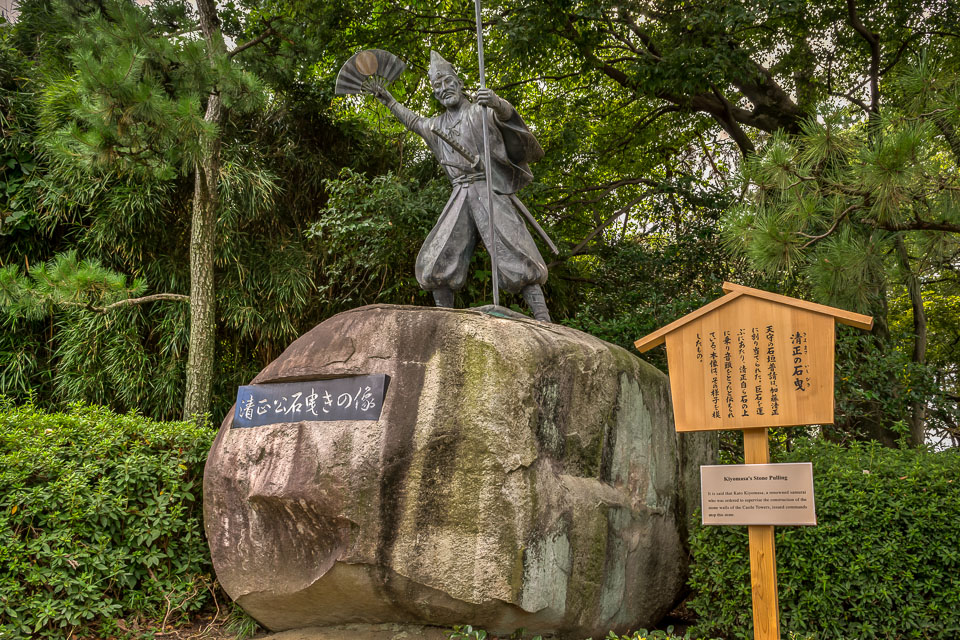
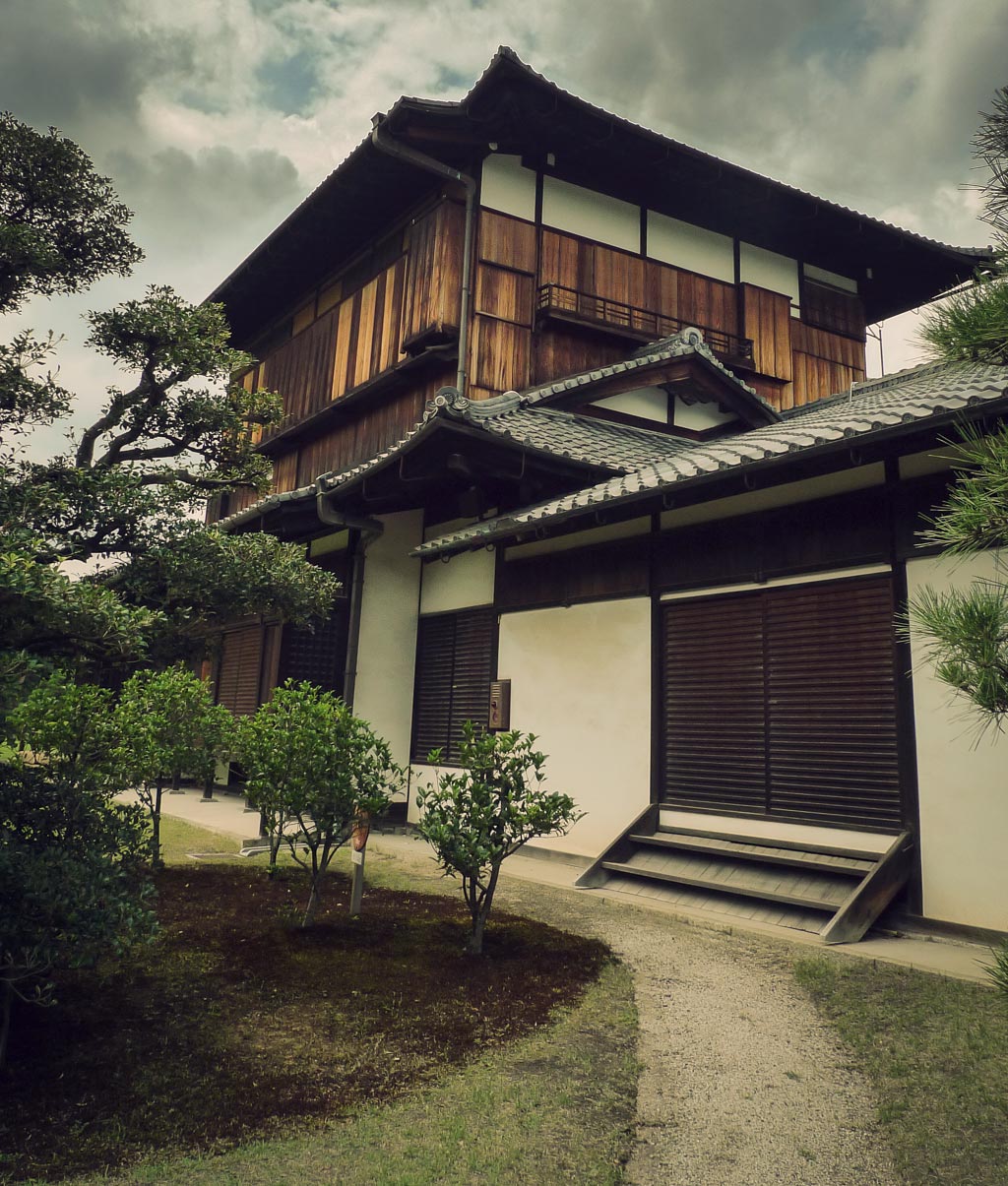
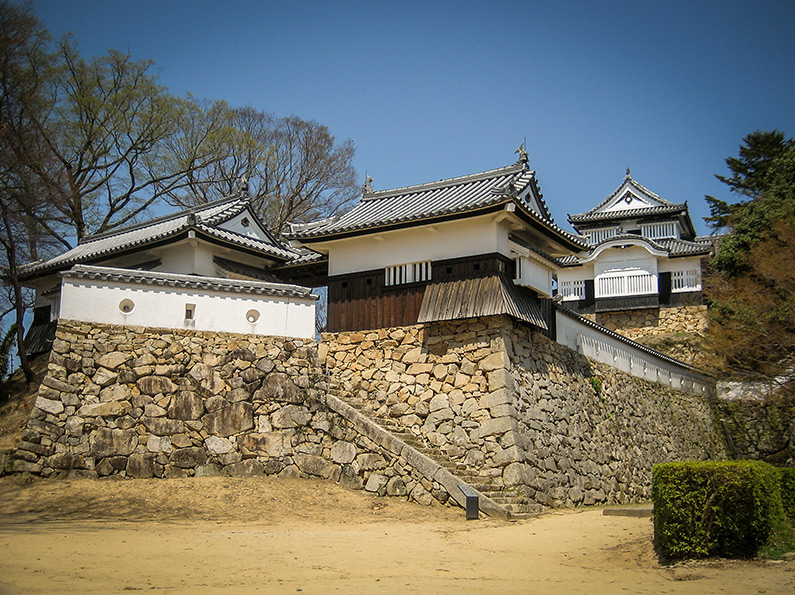
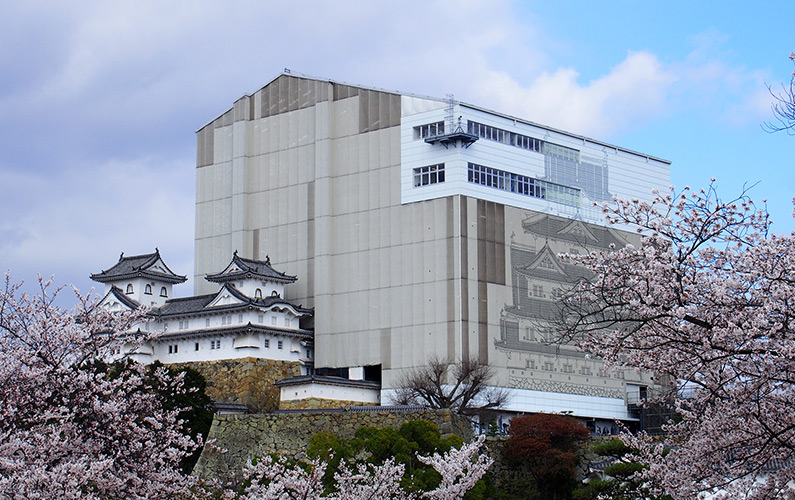
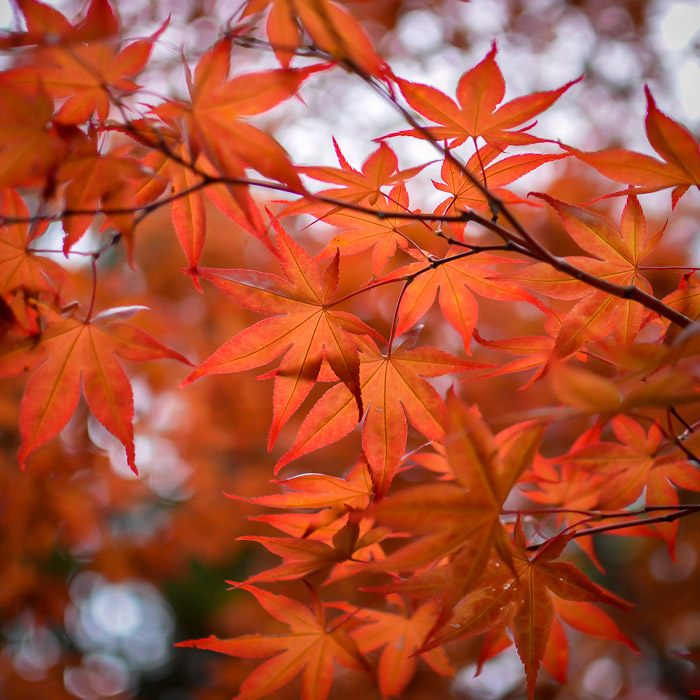
Facebook
Follow Japan Travel Mate